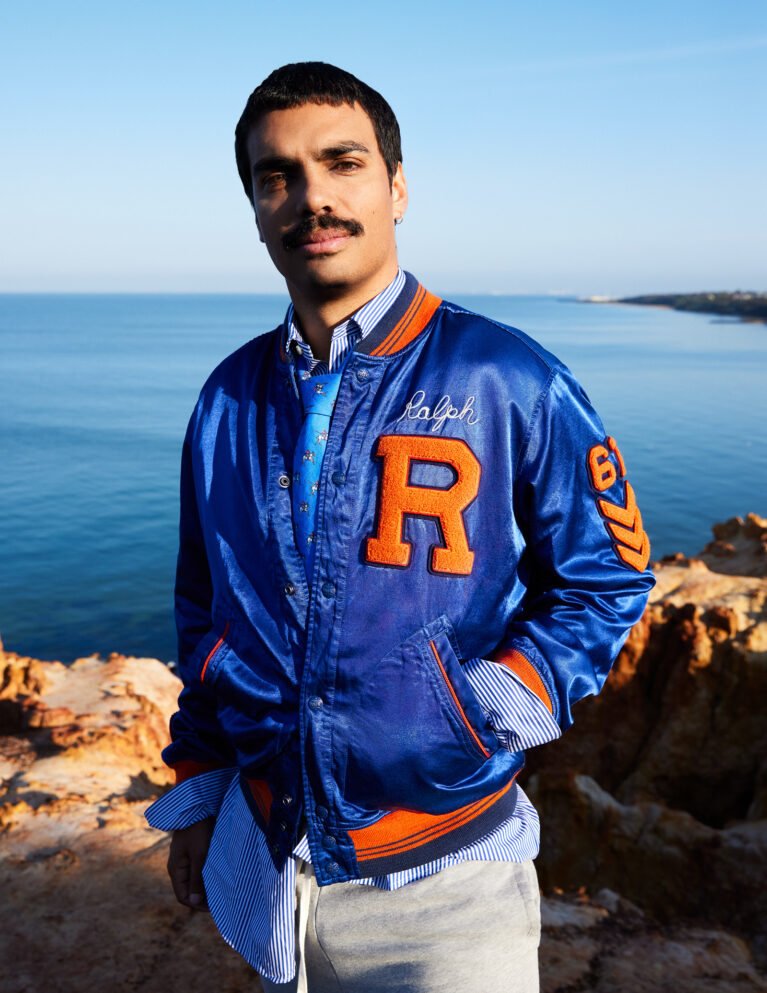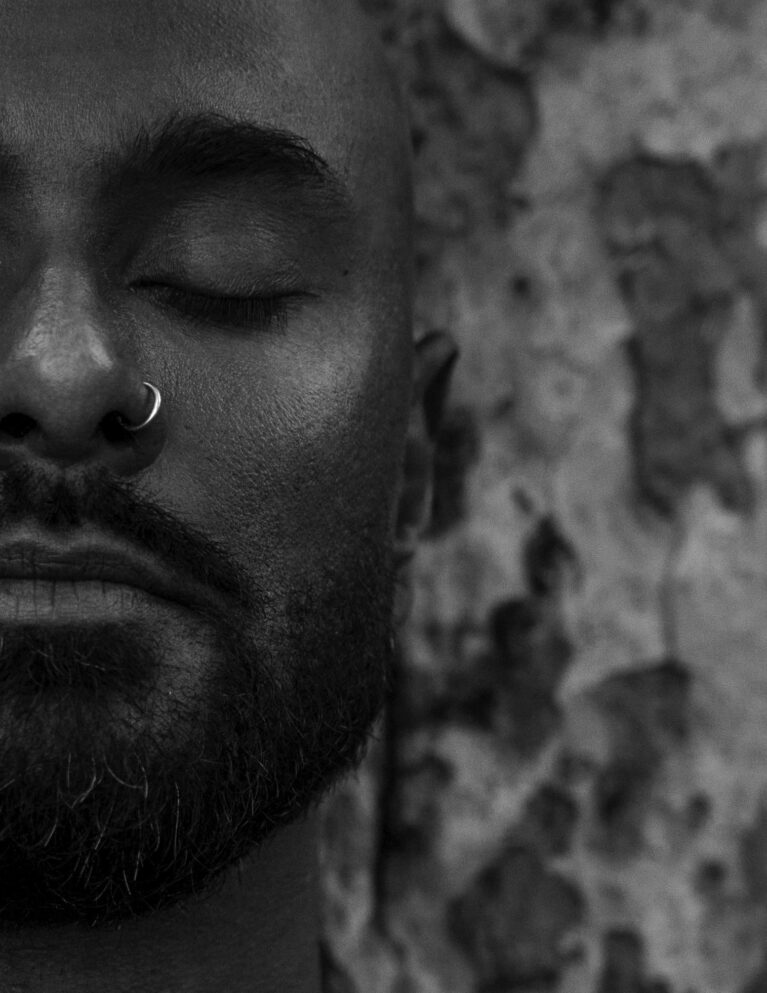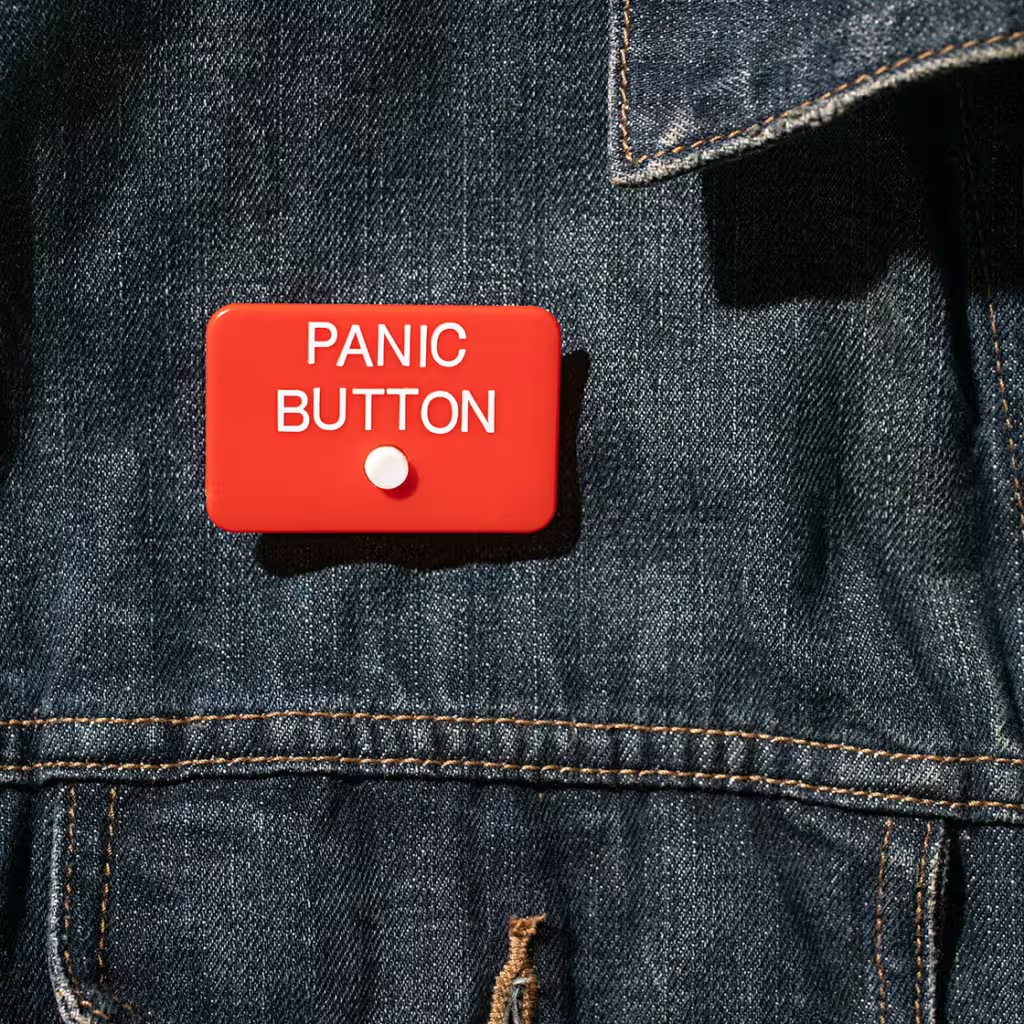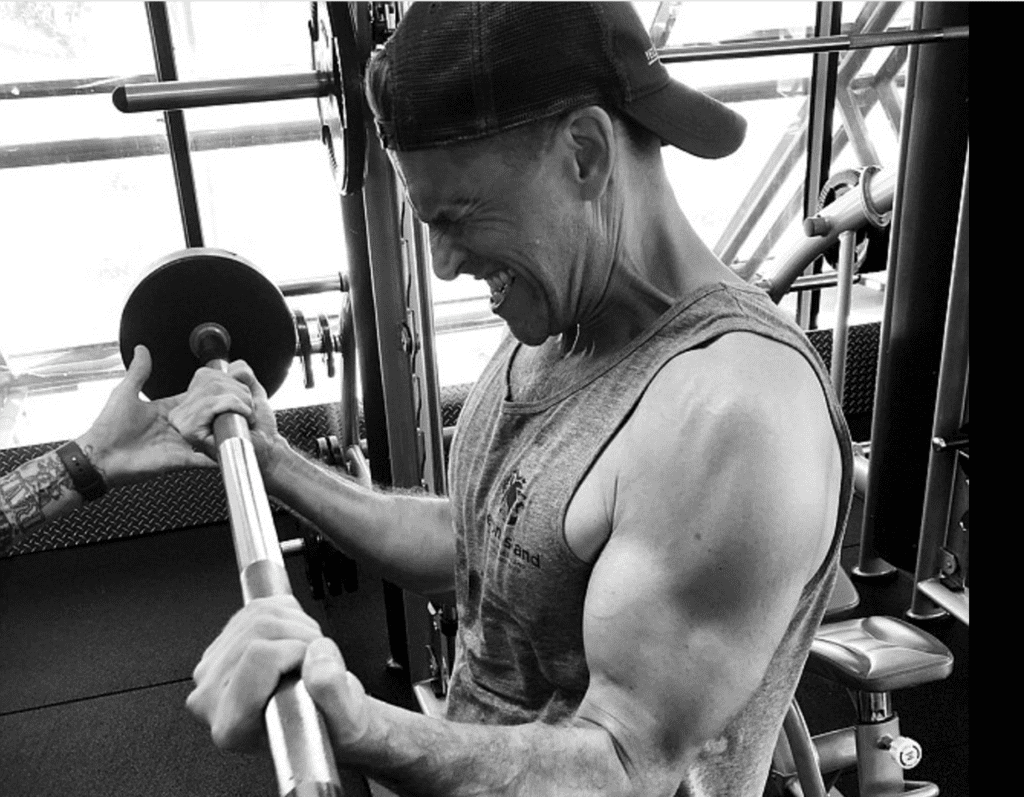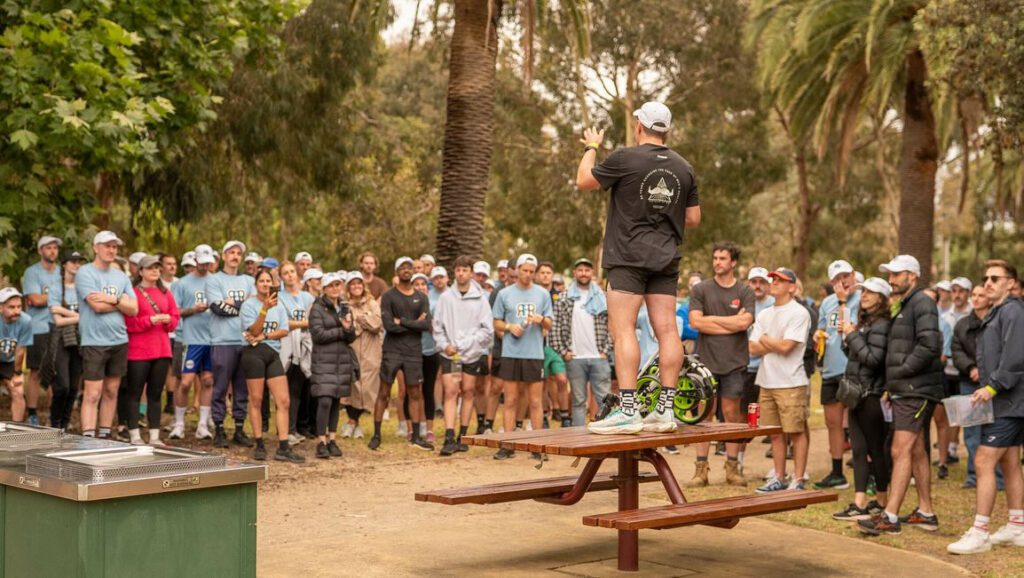
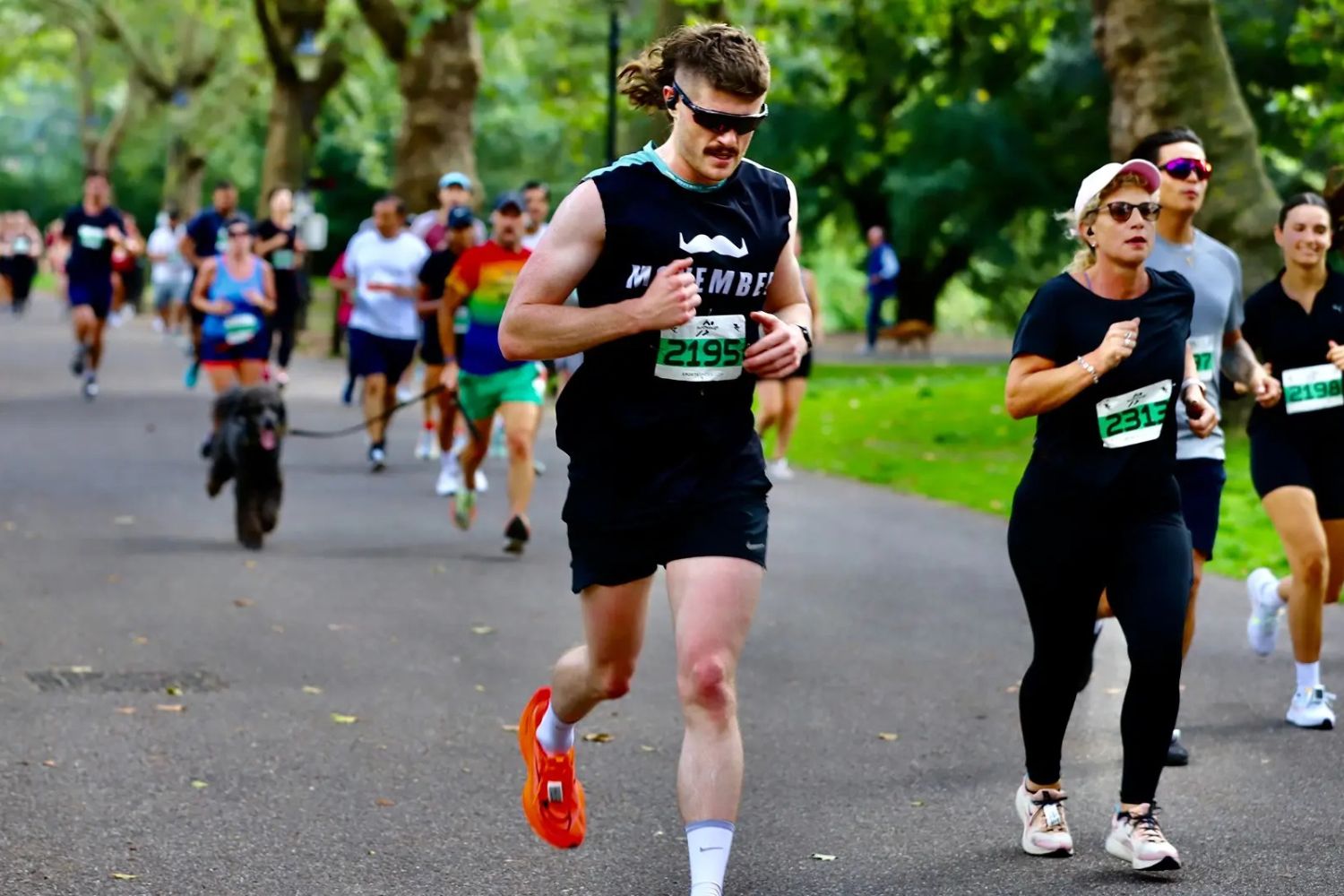
Why I Mo: Harry Cleary
Ahead of his attempt at a 24-hour ultramarathon next month, we caught up with Movember ambassador Harry Cleary to unpack his motivations for reaching beyond his grasp
WHEN HARRY CLEARY sits down with Men’s Health, he’s only one day removed from finishing the Melbourne Marathon. “It was a bit of a slog to be honest. I had to drag myself over the finish line,” he says candidly. “I had a long bath last night and I’ve literally eaten everything in the kitchen today. I’m in complete recovery mode.”
Having only moved to Melbourne from the UK three weeks ago, Cleary had a less than ideal lead-up period to the race. But having run further distances beforehand, he was confident he could pull it off. For most people, a marathon is the finish line – the culmination of months of training and fine tuning in preparation for one final effort. For Cleary, his latest marathon is not the finish, but is essentially a warm-up for what’s to come – or rather, he’s only just approaching the starting line.
This Movember, Cleary will be taking on a 24-hour ultramarathon at Melbourne’s Albert Park – you may know it as the host of the annual Australian Formula 1 Grand Prix – where he will be running continuously for an entire day in the name of men’s health. There is no set goal for the distance he’ll cover, but he does have a target in mind. “Each lap of the circuit is 5km, so I’m going to give it a good crack and aim for at least, let’s say, 150 kilometres.”

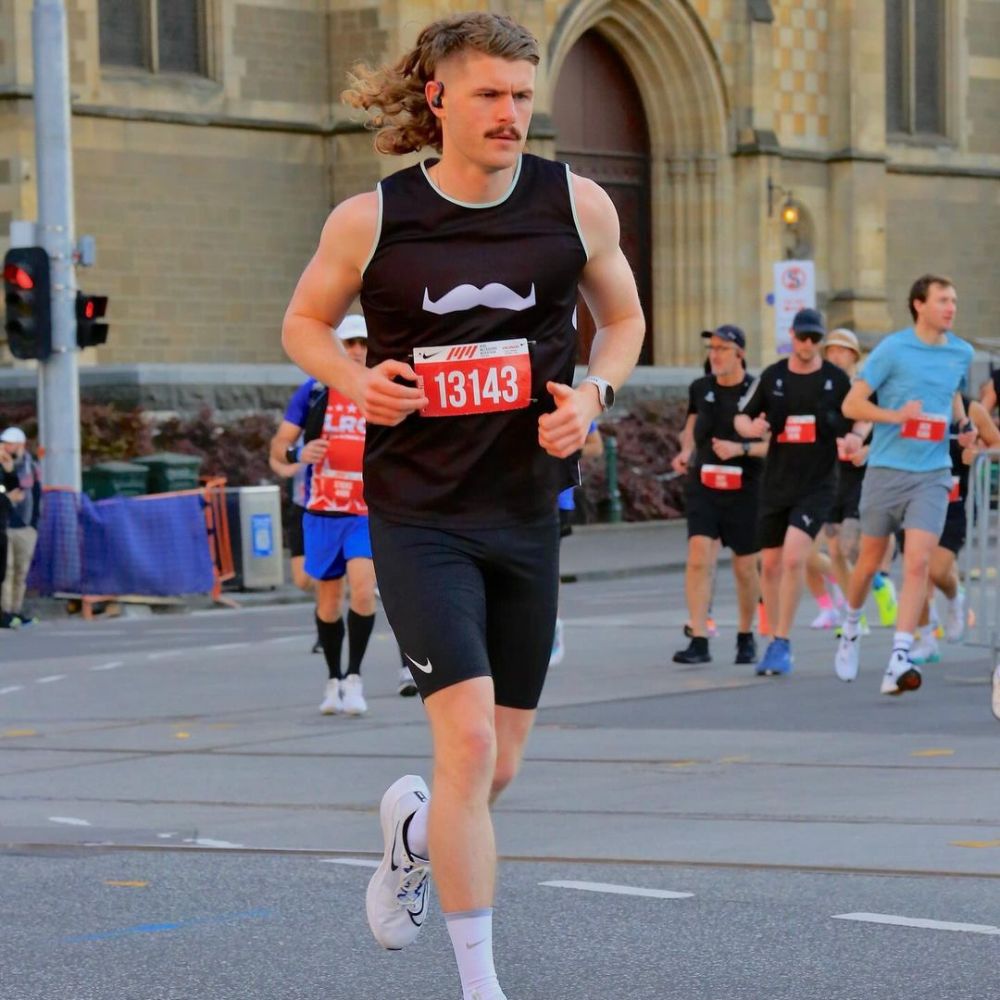
Cleary’s challenge is nothing to scoff at. Most people wouldn’t dream of attempting such an endeavour, so why does he? The answer lies in his turbulent journey to this point, where he’s faced depression, anxiety and the death of his father at just 56 years of age.
In the immediate aftermath of his father’s passing, Cleary was “drowning in uni work and spending all day studying while trying to process these emotions.” He needed an outlet, and despite being more of a rugby and football player in his youth, he found it in running. “I thought, What can I do that’s easy when I need some exercise? A couple of my mates were runners and I decided to just give it a crack. I’ve never really looked back,” he says.
As his running journey was in its burgeoning phase, being an ambassador for Movember allowed Cleary to see the possibility of using running as a means of raising awareness and money for a good cause. “I love the way Movember speaks to its audience, particularly young men. Sport and physical exercise are a huge part of what we advocate for, and [Movember] has this sort of tongue in cheek nature that really with connected me,” he says. “Running helped me after my dad passed, so I wanted to use it to help me speak to others, because I think running can be really powerful.”
In 2023, Cleary’s plans came to fruition when he ran four, 56km ultramarathons in four weeks – with one kilometre in each ultra for every year of his father’s life. But rather than sate his hunger to test his physical capacity, the experience lit a fire under Cleary, inspiring him to continue taking on increasingly difficult challenges.
Now, Cleary’s focus is on his 2024 Movember challenge, the 24-hour ultramarathon, which was again inspired by his father. “I wanted the challenge to still speak to my dad’s memory, and he was a massive Formula One fan, which is why I’ll be doing laps of Albert Park.”


So, just how do you train to run for 24 consecutive hours? Well, if you take Cleary’s advice – which we wouldn’t recommend, mind you – the best way to prepare is to not prepare at all. “I’ve done various challenges over the years and I usually just go in completely blind with barely any preparation,” he says. “It’s always horrendous, but I do stand by just turning up and seeing what your body and mind can physically and mentally accomplish.”
The difficulty with training, in Cleary’s case, is that there isn’t much you can do to prepare your body for a 150km run without risking injury. A brisk 100km effort might increase your readiness, but will your body be able to back it up a week later? Cleary doesn’t think so. “I don’t want to be doing so much that when the time comes I’m already hurting. It’s about trying to get some solid time on my feet. I’ll go out and do some really long runs and walks, obviously not in the region of 150 kilometres, but enough to make me feel ready.”
To navigate this catch-22, Cleary is planning on utilising what he calls the 10/20 rule for a lone preparation session. “Basically, I’ll walk for ten minutes then run for 20, over and over for pretty much a whole day, but taking it easy,” he says. “That’s the extent that I think I can manage without overdoing it.”
Now to the all-important question: will Cleary be rocking a Mo during his Movember challenge? Of course, but there is one small drawback. “I have a Mo year-round and I never get rid of it, but in true Movember fashion, I’ll be shaving it on November 1st – it would be sacrilege not too. But given that my ultra is only three weeks after November 1st, I will have a very subpar, wispy Mo during the challenge.”
Don’t expect Cleary’s Mo to be his finest work, but as he emphasises, that’s beside the point. “At Movember, we say that the worst Mo’s start the best conversations.”
If you or someone you know is struggling, please seek support from a mental health professional or call Lifeline on 13 11 14. For support resources visit Movember.com/getsupport
Together, we can unite to take on men’s health. The Moustache is Calling. Join us this Movember and Grow a Mo or, Move 60km for the 60 men suicide takes globally every hour. Raise funds. Save lives. Sign up now at Movember.com
Keep Reading
Tony Armstrong on how failure made him fearless
Reading time 22 min read
What to expect from your first therapy session
Reading time 6 min read
6 key findings from the 2024 Real Face of Men’s Health Report
Reading time 5 min read
Manoj Dias: why the diagnosis isn’t the destination
Reading time 6 min read








